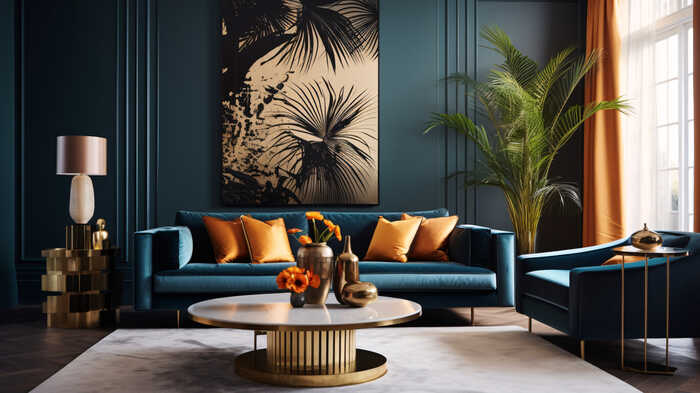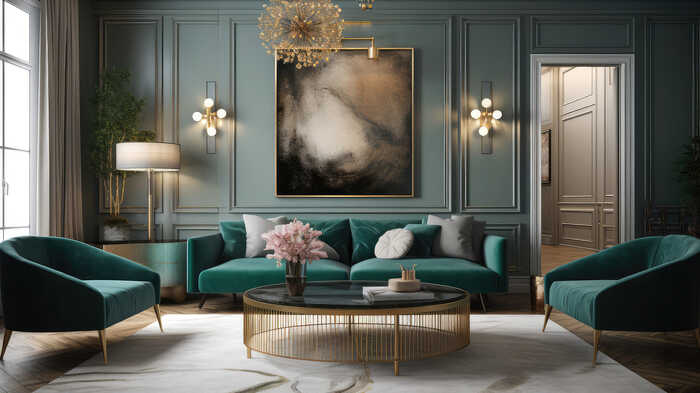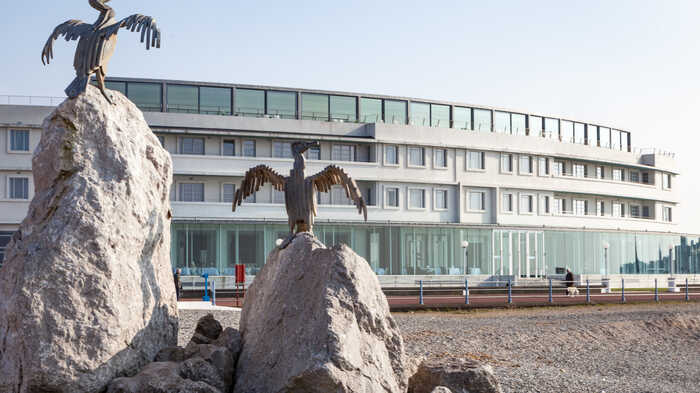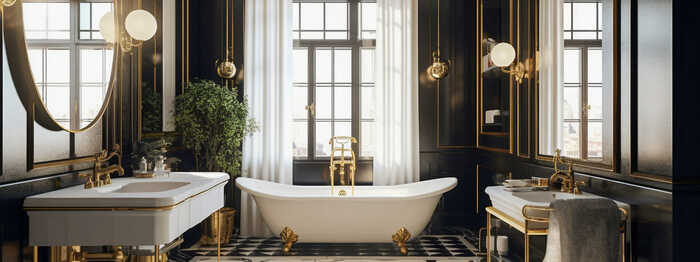What is Art Deco architecture?
Along with jazz, flapper fashion, and unprecedented social change, the Roaring Twenties was a period that gave birth to one of the most iconic architectural styles of the 20th century: Art Deco.
The Art Deco movement revolutionised architecture and space planning during the 1920s, and in today’s post we’re going to explore specific examples that showcase the beauty and elegance of the movement, highlighting its enduring influence on the built environment around us.

The essence of Art Deco
Art Deco, short for Arts Décoratifs, emerged in the 1920s and reached its peak in the 1930s. It was a style characterised by bold geometric shapes, luxurious materials, and a sense of opulence. Art Deco embraced the spirit of modernity, celebrating technological advancements and the pursuit of a glamorous, aspirational lifestyle.
One of the most iconic examples of Art Deco architecture in the UK is the Daily Express Building in Manchester. Designed by Sir Owen Williams and built in 1939, this building and design masterpiece captures the essence of the movement with its stunning façade complete with intricate reliefs and streamlined, vertical details. The use of black and silver materials adds to the building's overall unique aesthetics.

Changing city skylines
Art Deco was not confined to traditional buildings; it also made its mark on the ever-evolving skyline of 20th century cities. The Criterion Theatre in London is a design showcase of the Art Deco movement. Designed by Thomas Verity in 1873 but transformed into an Art Deco masterwork in the 1920s, the Criterion Theatre showcases the verticality and dramatic flair that characterises the style. Its sleek marquee, illuminated by neon lights, draws the eye, while the interior features richly-patterned decorative elements that add to the building's visual impact.

Ocean liners: a voyage in style
The 1920s and 1930s were also a time of grand ocean liner design, with Art Deco influencing the aesthetics of these luxury seafarers. The RMS Queen Mary, launched in 1936, transported passengers across the Atlantic while immersing them into a world of sophistication and decadence. The ship's interior was rich in Art Deco design, with sweeping curves, elegant furnishings, and use of exotic materials like Macassar ebony and Lalique glass. The Queen Mary highlighted perfectly Art Deco's ability to transform even the most functional spaces into works of art.
The iconic Hoover building
One of the most beloved Art Deco landmarks in London is the Hoover Building, which originally served as a factory for the Hoover Company. Designed by Wallis, Gilbert and Partners and completed in 1933, the Hoover Building is a striking example of Art Deco architecture. Its distinctive blue and cream tiles, symmetrical facade, and tower with a clock are quintessentially Art Deco features. Today, the building has been converted into apartments, preserving its historical significance while offering modern living spaces with a touch of Art Deco charm.

Streamlined transport hubs
Art Deco also found its way into transportation hubs, offering travellers a taste of luxury as they embarked on their journeys. The Midland Hotel in Morecambe, designed by Oliver Hill and completed in 1933, is a prime example of an Art Deco railway hotel. Its sweeping curves, decorative elements, and panoramic views of Morecambe Bay made it a popular destination for holidaymakers in the 1930s. Although the hotel fell into disrepair, a recent restoration project has brought it back to its former glory, allowing visitors to experience the glamour of the Art Deco era.
How can we help?
Despite its origins being formed over a century ago, the Art Deco movement’s influence on architecture and design remains vibrant and relevant today. Feeling inspired? Looking to include some Art Deco features in your new build or renovation project? Please do get in touch or book a free video consultation.
Posted by Wouter De Jager on October 31st 2023

